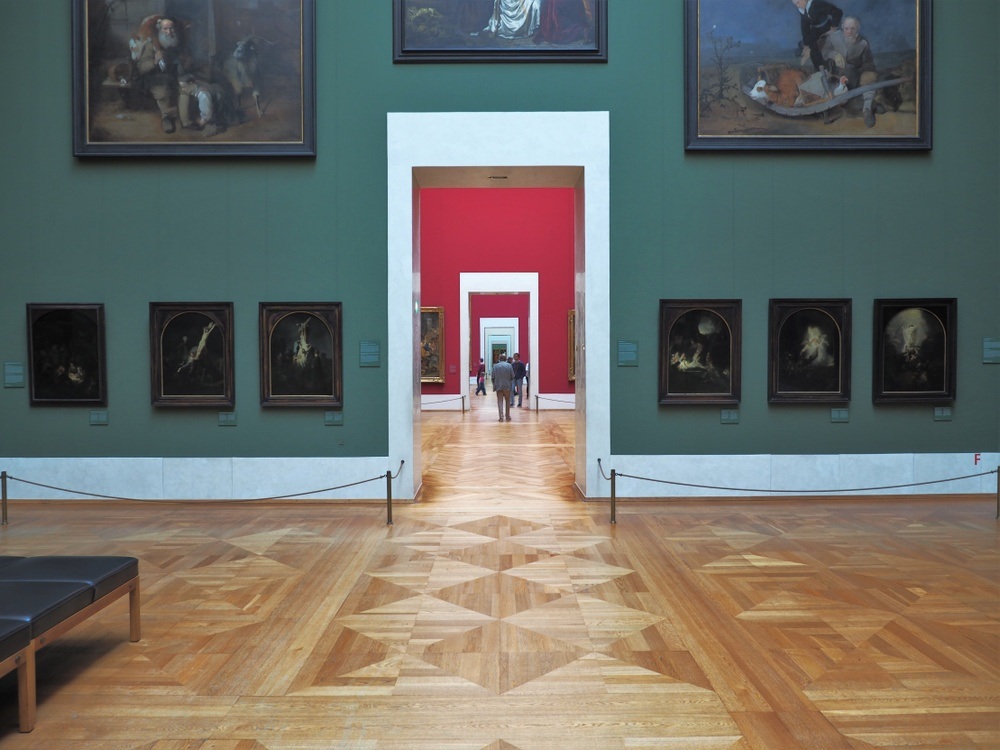Museum tip: Alte Pinakothek
What is hidden behind the thick walls of the Alte Pinakothek?
Built by Leo von Klenze, destroyed in the Second World War and rebuilt by Hans Döllgast. When the Alte Pinakothek was opened in 1836, it was one of the largest museum buildings of its time and made art accessible to the middle-class public. Almost 100 years later, the museum, like so many things in Munich, was badly damaged during the Second World War. You can see that in the building. Fortunately. Hans Döllgast has achieved something with the reconstruction of the neo-Renaissance building that some cities could take as an example. Missing parts of the façade were not simply reconstructed, they were replaced with unrendered brickwork, making them stand out from the façade.
The "wounds" of the Second World War remain visible
Instead of keeping up appearances and restoring the original situation, Döllgast demonstrated an impressive approach to the history of the building's architecture. The museum's main staircase, which is particularly revered by architecture enthusiasts, was also designed by him. It is divided into two wide staircases on opposite sides and guides visitors to the large exhibition rooms on the upper floor.
 © Julia Wittmann
© Julia Wittmann
Once at the top, there is a tour of 13 halls with a total of almost 700 works of art. The Alte Pinakothek's permanent exhibition includes some of the classics of art history. Albrecht Dürer, Jacobo Tintoretto, Peter Paul Rubens, Rembrant, Raphael - great names of European painting from the 14th to the 18th century are presented. If you like Christian iconography, oversized history paintings and fat angels, you'll get your money's worth here. We find Dürer's self-portrait, Hieronimus Busch's hidden object paintings and Rubern's Fall from Hell of the Damned particularly impressive. Keep an eye out for them! In addition to the permanent exhibition of the collection, there is a special exhibition area on the eastern first floor, where changing exhibitions are shown from time to time.
 © Julia Wittmann
© Julia Wittmann
To round off your visit to the museum, we recommend a visit to the Alte Pinakothek store. You can find wonderful birthday and Christmas presents here, especially for older relatives (and art history students). And how about finishing off with a cup of coffee and a slice of cake? The Alte Pinakothek is home to Café Klenze, named after (nah, who's been paying attention?) the building's architect, Leo von Klenze. Under the large arched windows, it's the perfect place to discuss and philosophize about what you've seen.

